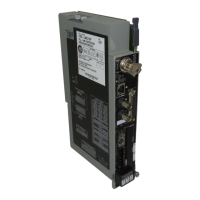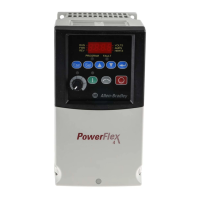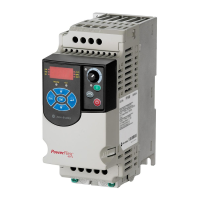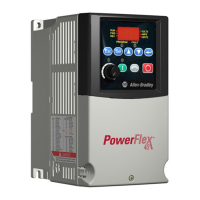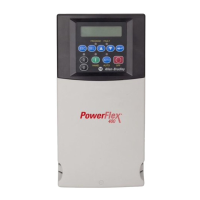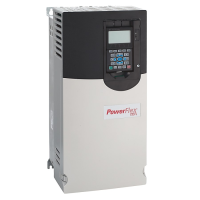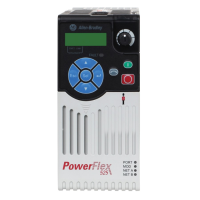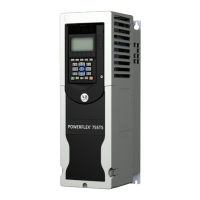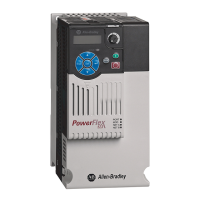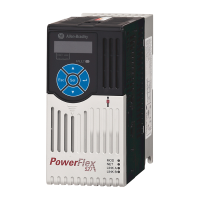1 Publication 1785-UM012D-EN-P - July 2005
Chapter
16
Using Main Control Programs
Using This Chapter
Selecting Main Control
Programs
You can have as many as 16 control programs active at one time. Each of
these programs is called a “main control program” (MCP). You can define
one MCP for each particular machine or function of your process. This lets
you separate sequential function charts (SFCs), ladder logic, and structured
text to better modularize your process and make troubleshooting easier.
A main control program can be an SFC numbered 1-999; it can also be a
ladder or structured-text program numbered 2-999 in any program file. You
can use any mix of SFC, ladder, and structured-text programs to define 16
main control programs. One data table is used by all MCPs (i.e., you do not
have a separate data table for each MCP).
For Information About Go to Page
Selecting main control programs
16-1
Understanding how the controller interprets
MCPs
16-2
Configuring MCPs
16-3
Monitoring MCPs
16-5
Consider Using this Technique If You are
SFC defining the order of events in the process
Ladder Logic
• more familiar with ladder logic than with programming
languages such as BASIC
• performing diagnostics
Structured Text
• more familiar with programming languages such as
BASIC than with ladder logic
• using complex mathematical algorithms
• using program constructs that repeat or “loop”
• creating custom data-table monitoring screens
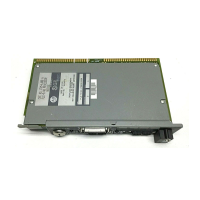
